War has redrawn political boundaries, created modern weaponry, and much more. However, alongside these significant advancements, World War I also led to the invention of many practical items that are essential for our daily lives today.
Inventions Born from World War I
1. Windbreakers
Windbreakers for both men and women will never go out of style. This fashion trend emerged during World War I. For a long time, jackets were considered essential military attire for British soldiers. The windbreaker was designed to replace the heavy coats worn by French and British officers during the war.
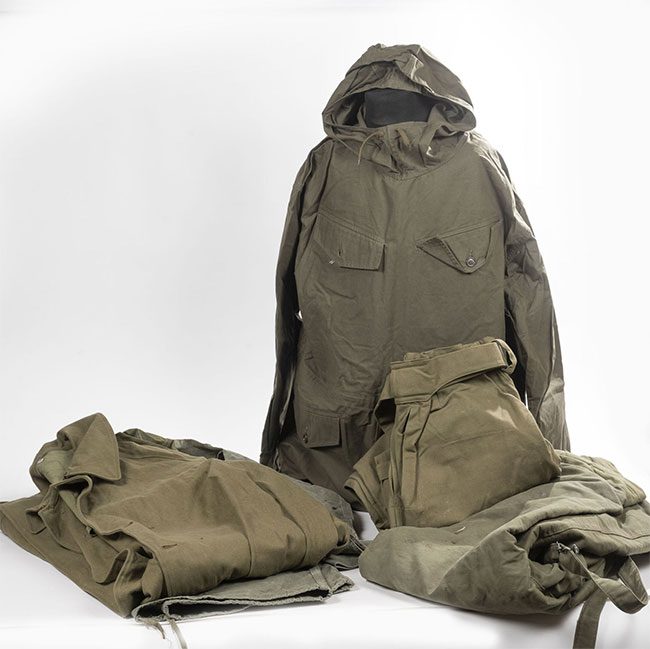
Windbreakers for both men and women will never go out of style. (Illustration: Zhihu).
Two British companies, Aquascutum and Burberry, claim to be the first manufacturers of windbreakers during the war. Modifications were made to the windbreaker during World War I, including the addition of D-rings and shoulder straps. The D-rings were designed to hold swords or other weapons, while the shoulder straps were used to attach epaulets.
These windbreakers included large pockets for maps, protective gear, and rear vents. They were waterproof and proved highly effective in protecting soldiers from rain, making them popular during the war.
2. Blood Banks
The process of blood transfusion prior to World War I was poorly organized, resulting in many soldiers dying from blood loss. At that time, humanity lacked proper procedures for blood transfusion.
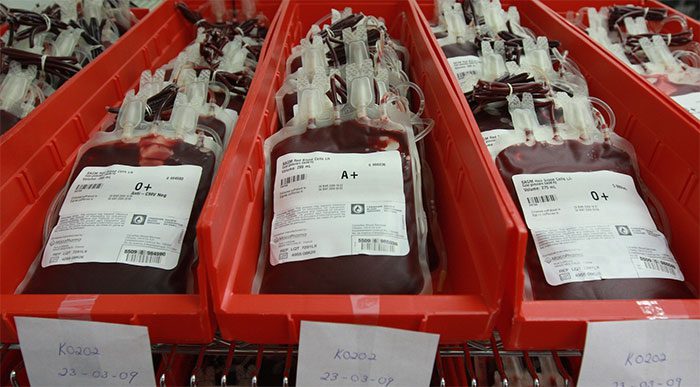
Previously, more traditional methods were used to store blood. (Illustration: Zhihu).
Therefore, U.S. Army doctor Oswald Robertson consulted with the British Army and successfully developed the first blood bank during World War I.
Today, when we enter a blood bank, we see carefully sealed frozen blood bags labeled with barcodes and information about blood types. However, in the past, they used more traditional methods for blood storage, such as keeping blood in glass bottles on ice and adding citrate and glucose solutions for preservation.
3. Sun Lamps
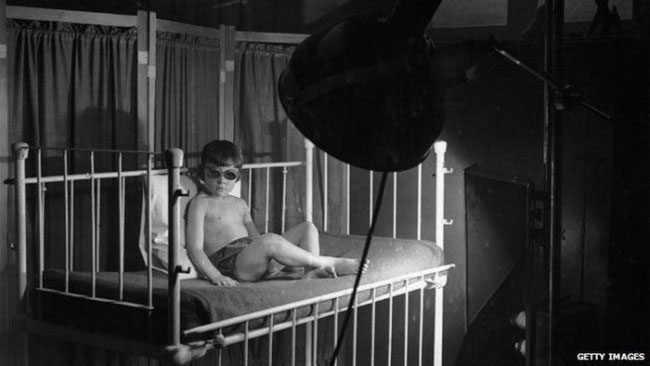
Sun lamps (also known as medical ultraviolet lamps) provide more light for children. (Illustration: Zhihu).
World War I led to an increase in poverty and malnutrition, causing many children to face health issues like rickets. In this context, Dr. Kurt Huldschinsky in Berlin observed the pallor in children with rickets and concluded it was due to a deficiency of vitamin D. Doctors also discovered that sunlight could heal wounds in soldiers. Therefore, they combined these two discoveries and ultimately invented the sun lamp (or medical ultraviolet lamp) to provide more light for children.
4. Steel Helmets
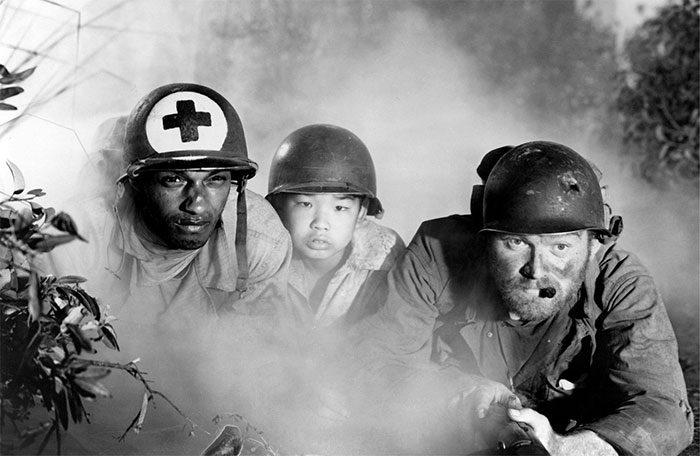
The design of the first helmet made of thin steel for soldiers. (Illustration: Zhihu).
Before World War I, soldiers often protected their heads with a piece of cloth – not the safest way to avoid shrapnel and bullets. It was August-Louis Adrian from France who observed this situation and designed the first helmet made of thin steel.
Following France, Britain also produced helmets with a similar design but relatively thicker material. France and the United States later adopted similar designs. By 1916, unique helmets with special neck protection were being produced in Germany.
5. Wristwatches
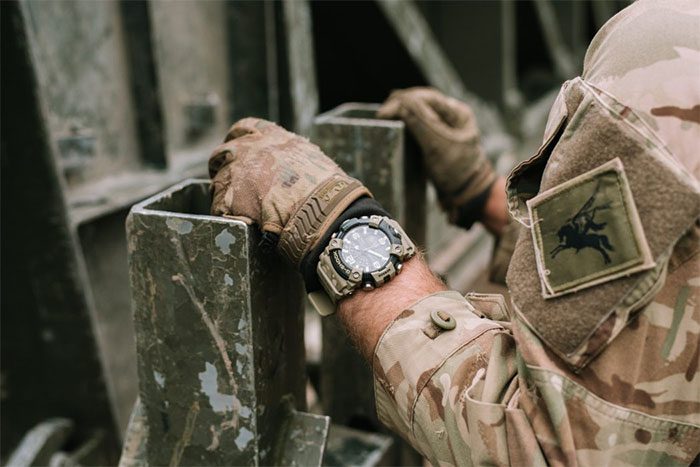
Even today, wristwatches remain a massive market! (Illustration: Zhihu).
Before World War I, people could only guess the time by the factory whistles or church bells, and wearing watches was not common. However, during the war, soldiers found it difficult to take watches out of their pockets to check the time. It was during this period that innovators realized the market gap, and people began to recognize the need for watches – specifically detachable types. Soon, wristwatches were being sold, and demand continued to rise. Even today, wristwatches remain a massive market!
6. Sanitary Napkins
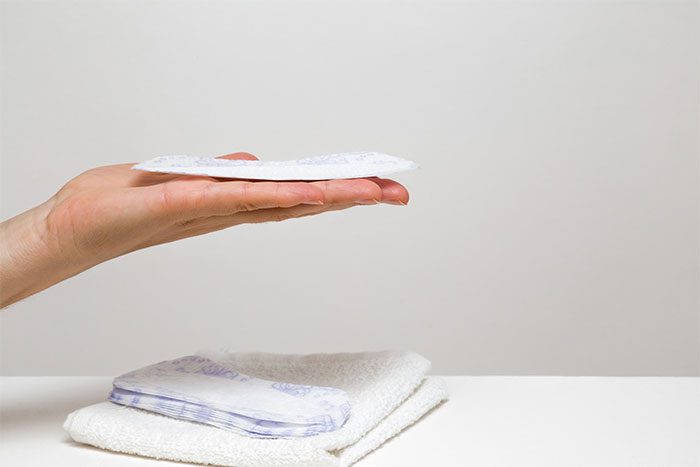
Cellulose cotton is still used to make sanitary napkins today. (Illustration: Zhihu).
World War I even contributed to the invention of sanitary devices. During the war, the demand for cotton products increased due to their necessity for making uniforms for soldiers. Consequently, Sphagnum moss, a plant with antibacterial properties, was used as a substitute for cotton products to absorb blood.
However, Kimberly-Clark introduced a cellulose cotton that was highly absorbent, attracting the attention of frontline nurses caring for the wounded. They found this material suitable for use by women during menstruation. Kimberly-Clark recognized this market demand and began selling Kotex sanitary napkins, which sparked competition in the sanitary napkin market. Similarly, cellulose cotton is still used today to make sanitary napkins, utilized for staunching severe wounds.
7. Trains
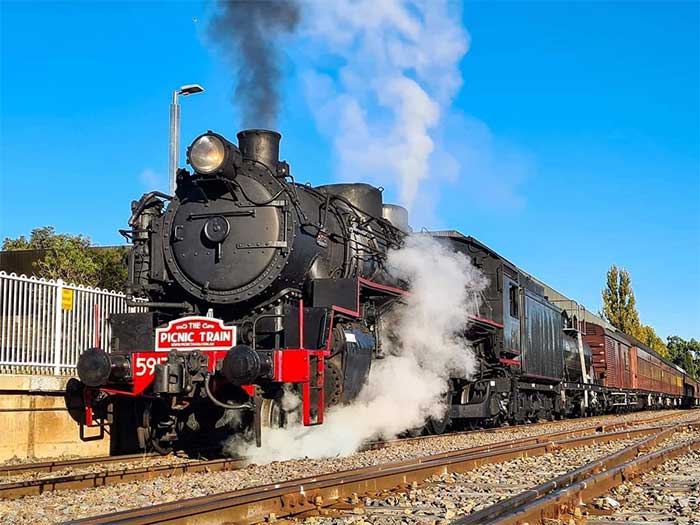
Railways provided a means to rapidly mobilize troops and evacuate the wounded. (Illustration: Zhihu).
The importance of the railway system was clearly documented during World War I. Railways were not only a vital means of transporting personnel and equipment efficiently to the front lines but also played a crucial role in rapidly mobilizing troops and evacuating the wounded. The war exposed the waste of railway operations before 1914 and demonstrated that railways were an essential resource. The process of nationalizing railways across Europe also accelerated. By the end of the 1920s, Britain established its first Ministry of Transport, with the government and academia collaborating to build a robust administrative foundation using the experiences and knowledge gained from the war.


















































